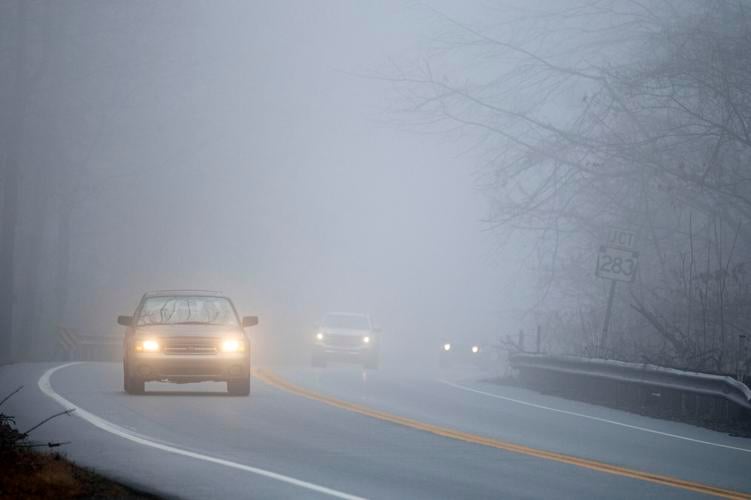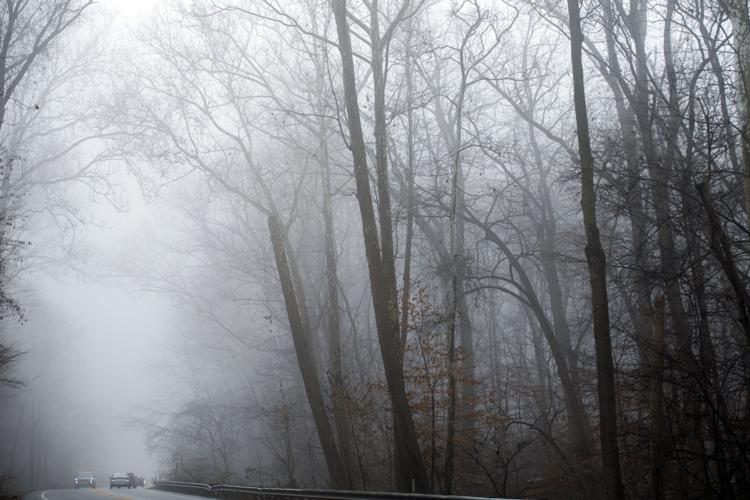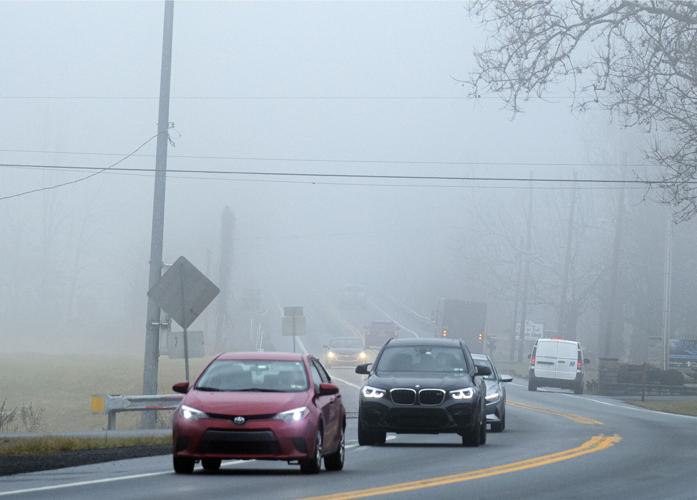Fog under normal conditions can reduce visibility, but freezing fog is unique in that it can create other hazards.
Freezing fog occurs when the temperature drops to 32 degrees or lower, according to National Weather Service. The fog produces drizzle, the droplets freeze when they come into contact with an object, creating a coat of ice.
"Some surfaces that these droplets may freeze on include tree branches, stairs and rails, sidewalks, roads and vehicles," according to National Weather Service. "Freezing fog can cause black ice to form on roadways. Black ice is difficult to see and so particularly dangerous."
Here are some tips on driving safely in foggy conditions:
- Slow down and allow extra time to reach your destination.
- Use your low-beam headlights and fog lights if your vehicle has them. Never use your high-beam lights, as they create a glare in the fog and make it harder to see.
- Leave plenty of distance between you and the vehicle in front of you.
- If the fog is very dense, turn on your hazard lights and find a safe place to park until conditions improve.








